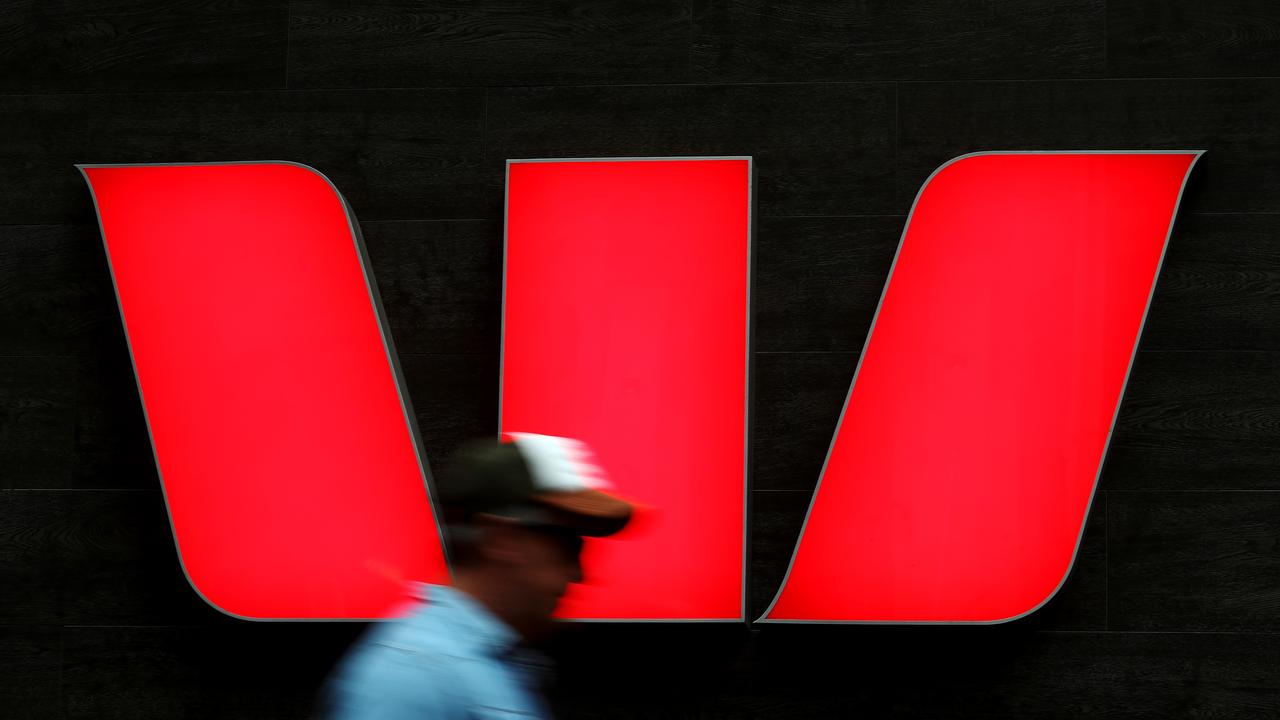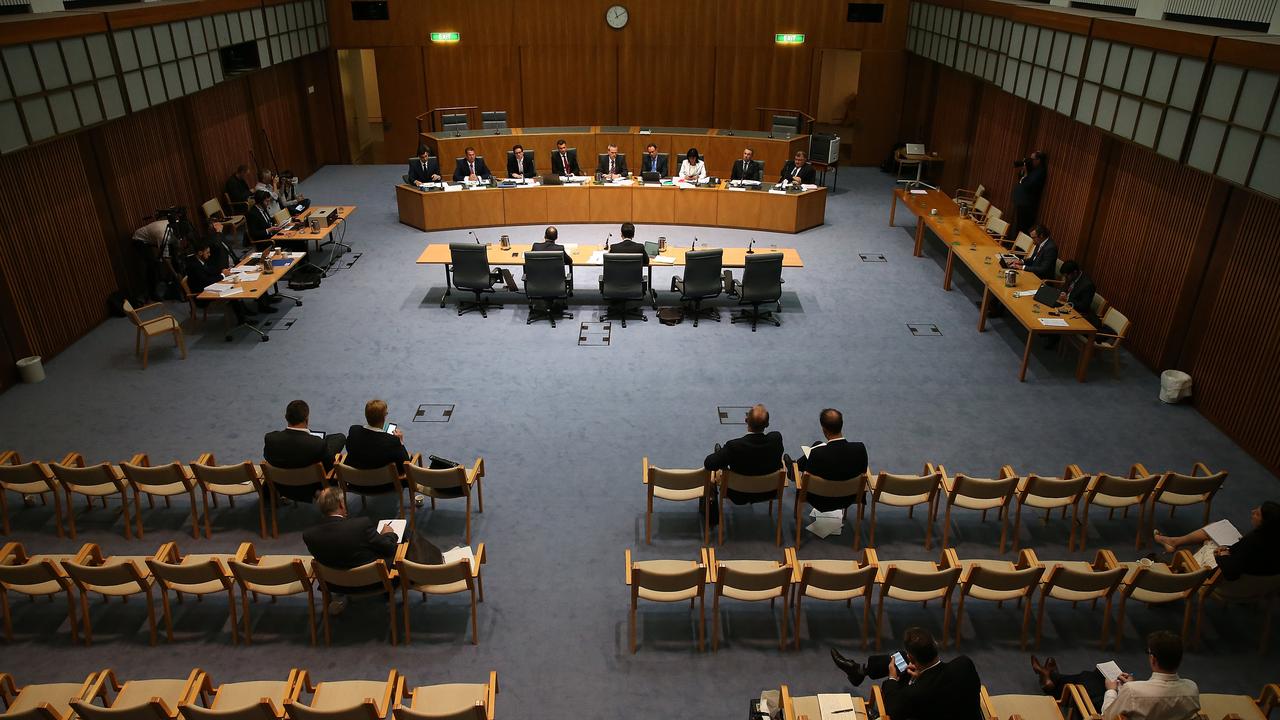It’s a super D-Day for DIY funds as the big guns fight back
Struggling investors mull a return to bigger funds.

Now that success is under threat, with a potential swingback to big funds.
From a strict investment perspective, there has been a constant risk that the double trouble of volatile stockmarkets and rock-bottom cash deposit rates would force people to reconsider earlier decisions to go it alone. On top of that, we have the separate threat of political interference, namely the endless political “meddling” in successive budgets.
There is a price to be paid for all of this.
AustralianSuper is the biggest industry fund in Australia — it is quite simply enormous with assets of $95 billion, and it has a fine record in terms of returns, all the more impressive since it is often seen that large funds are less nimble or reactive to changing investment markets.
Now AustralianSuper reports that there is a clear pattern emerging of winning back money from the SMSF brigade. It’s not big money — in the context of a multi-billion-dollar fund it is spare change — but as a trend it may become highly significant.
Put simply, money had been flowing out of big funds to the SMSF sector for the past decade. In 2012, $100 million a year was flowing out of AustralianSuper alone to the DIY sector — that pattern was generally repeated across all funds, industry or company or retail.
More recently, there has been a change — at AustralianSuper, the amount going out to the DIY sector has been falling; crucially in the 12 months to last June, the amount coming in from the sector actually exceeds the amount going out to them by $11m … the flows have turned positive.
We have yet to see figures from other funds, but if it’s happening at the biggest fund in the market, it is reasonable to assume that it is happening across the board. Moreover, with on-again off-again rumours endlessly circulating on “potential tax changes to super” coupled with ever-volatile sharemarkets and an unchanging cash rate, it can also be assumed that the conditions are perfect for the trend to continue.
Now the most disappointing aspect of what is being unveiled by these figures is not that people are going back to big funds … there was always the risk this might happen, especially with smaller SMSFs — and it is understood many of the funds coming back into AustralianSuper are valued under $100,000.
Yet there is also a clear and present danger that people who might thrive in an SMSF are throwing in the towel over what industry professionals call “regulatory risk”.
This week, Assistant Treasurer Kelly O’Dwyer has finally announced that the government intends to legislate on superannuation objectives. There will now be extensive discussions on every aspect of superannuation, but surely the AustralianSuper figures suggest a number of items:
● What matters most in the superannuation debate is retirement income — can people finance their retirement? Get that right and everything else falls into place.
● The endless tweaking and talking about superannuation taxes, concessions and limits is very likely driving people away from DIY super, because along with learning how to manage risk on the investment markets, you now must be across a baffling range of regulatory issues.
● There should be a bipartisan political agreement on the principles of the superannuation system and it should be set in stone.
● Once principles are agreed, there should be a freeze on superannuation system changes for a set period of time.
Despite the success of the DIY sector, the focus from government — and predictably from rivals in bigger funds — has been relentlessly negative. Yes, it’s time for the government to set some core objectives for super funds, but one of those should be to encourage and support the DIY sector, which is showing the first real signs of fraying at the seams.
The Australian




It’s beyond doubt the DIY superannuation fund sector in Australia is one of the greatest achievements in recent times: it literally takes a million people “off the pension” and energises the financial services industry in the best possible way.